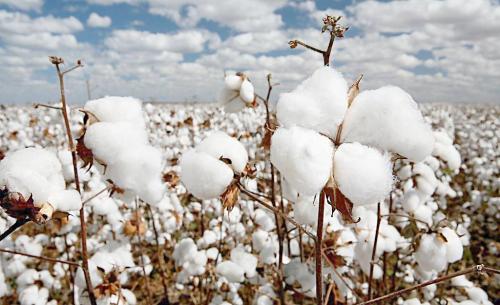According to the global cotton supply and demand balance, the overall cotton production is in a destocking cycle. The drought in India and Texas, the main U.S. region, and two major hurricanes have affected the southeast cotton region this year, resulting in a decline in overall production this year. The most likely future increase in global production is India, where yields are relatively low, such as a relatively large increase after improved planting technology. As for the 2019 operation, the impact of the current Sino-US trade war has led to a global economic downturn. Recently, India, Vietnam, and other places have strong cotton prices upstream, and the downstream cotton yarn is facing losses. According to the more difficult sales, cotton textile enterprises are faced with problems, and the latter will be faced with a revised market.
For this year, in order to improve the enthusiasm of cotton farmers, the Indian government has greatly increased the price of MSP, which is similar to China's unlimited reserve of 20400 yuan / ton in 2012-2013 when the global cotton market fell. The price of Indian cotton in the international market is at a high level.

From the domestic cotton supply and demand balance table, in recent years in the destocking cycle, the national inventory from about 12 million tons, at present only about 2.7 million tons, can only maintain a year of dumping reserves. In this case, the 2019 market will depend on the following factors.
1. Cotton are as a crop depends on the day to eat, unless there is a clear weather disaster resulting in a major reduction, or according to the current social stocks or warehouse receipts inventory, 2019 supply is still relatively sufficient.
2. Whether or not there is a new policy for the National Reserve. First, the National Reserve is still left with 2.7 million tons of stock, and in recent years it has basically begun to dump its stock in March. Assuming that the current social inventory is large, the market supply will be tight for the time being. Second, because the national reserve stocks are not high, whether there is the possibility of collecting reserves, if domestic cotton then domestic stocks will be converted into non-mobile national stocks, the pressure will be reduced. If the storage of imported cotton, then the reserve gap logic will not exist, of course, and will also have some support for international cotton prices.
3. Cotton has a strong financial attribute, and the most important thing is that the domestic and even the entire global economic problems will also have a crucial impact on the cotton market in 2019.At present, the global economy is facing downward pressure. Whether or not the deterioration or improvement after 2019, it also has a significant impact on the cotton market.

In addition to the 1% tariff quota of 894000 tons stipulated by WTO, our government issued an additional quota of 800000 tons to textile enterprises above the scale in October this year. The deadline is February 2019. At present, there is no extension notice. In view of the gap after the stock of reserve cotton is reduced, most of the market expects that our cotton import market will be liberalized step by step. The quota applied by enterprises with a capacity of more than 50,000 gauze ingots in the near future, whether to consider the import quota of enterprises under 50,000 gauze ingots at a later stage. If liberalize gradually goes step by step, our cotton market imports will appear marketization.
However, at present, the 800000 ton quota enterprises have only been in use for more than two months. In the context of the current Sino-US trade war, American cotton has been imposed a tariff of 25 percent, and now it has eliminated American cotton. The other options available are Indian cotton and Brazilian cotton. Judging from the current price situation, because of the weak purchase price of new cotton in the domestic market, the cost of cotton in Xinjiang, especially in northern Xinjiang, is generally lower than that of imported cotton from any country. The Indian cotton quotation is directly converted into a quasi-clearance cost of 15500-16,000 yuan per ton. Brazilian cotton is more than 16000 yuan / ton, but India cotton import price ratio is on the low side, in the short term, the whole import is moving. Lack of power, such as the release of partial quotas, can lead to import volume is also relatively limited.







